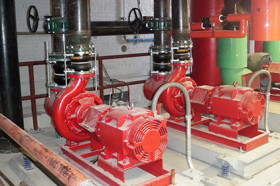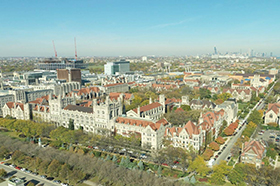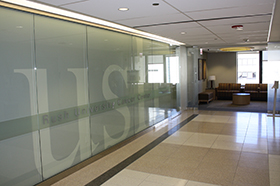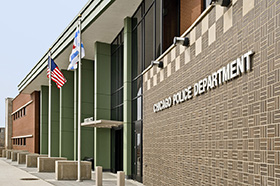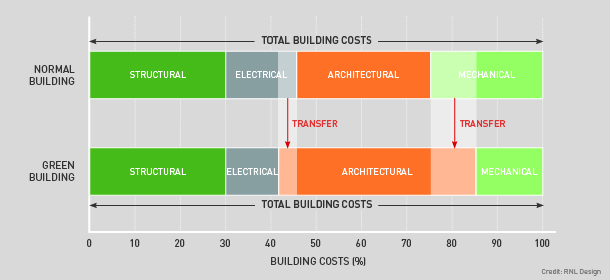
According to the United Nations World Population to 2030 study, global population has risen from 1.6 billion in 1900 to over 6 billion in 2000. By 2000, the global population was ten times larger than in 1700 [1]. With the dramatic increase in population, energy use in the U.S. has increased more than 300% since 1945 (when EIA started tracking energy consumption) [2]. Today, buildings use approximately 40% of all energy consumed in the world [3]. If we continue on this path of energy use in conjunction with population growth projections, with few new sources of fossil fuels, we could deplete all natural resources as soon as 2088 [4]. If the rate of population growth exceeds projections, then natural resources will be exhausted even sooner. Reducing the energy use in the built environment is not a “nice” idea, it is a necessity.
Additionally, as energy costs continue to rise, people are looking for more and more ways to be energy efficient. The buildings sector has a major opportunity to help reduce our environmental impact by incorporating energy efficient principles into the design, construction and operation of both new and existing buildings. As a result, we are seeing more Leadership in Environment & Energy Design (LEED) certified buildings and other ‘green’ methods in construction quickly become the status quo in building design. In fact, the United States has seen an 8.3% reduction in total energy consumption since 2000, and a 44% increase in use of renewable resources during that time [2]. However, as long as we are dependent on foreign fossil fuels, we will be subject to rapidly rising energy costs as natural reserves decrease.
But are these energy-reducing measures really enough? Industry researchers are now pointing to an even more aggressive design solution: buildings that don’t require any dependence on fossil fuels. Let’s take a deeper look into the Net Zero design concept.
WHAT IS A NET ZERO ENERGY BUILDING (NZEB)?
There is no standardized definition for a Net Zero Energy Building; however, according to the National Renewable Energy Laboratory (NREL), the term describes a building with very low energy demand and utilization of renewable resources. There are multiple variations on NZEBs as outlined below:
- A Net Zero Site Energy Building is a building which receives all necessary power through renewable resources with no dependence on fossil fuels or an existing power infrastructure. It can also be stated as a balance of what is economically feasible for building energy based on what is available on site.
- A Net Zero Source Energy Building generates on site the same amount of energy it uses, including transmission losses. These buildings need to generate more energy than a Net Zero Site Energy Building to offset the total amount of energy used by both building and the utility in providing power to the building.
- A Net Zero Energy Cost Building generates electricity on-site to sell back to the utility provider, completely offseting the cost of energy consumed. This arrangement is heavily dependent on the local utility’s willingness to partner with consumers and the available infrastructure to sell energy back to the grid.
- A Net Zero Energy Emissions Building offsets the amount of carbon produced from both off-site and on-site energy use by utilizing non-carbon producing renewable resources on-site.
The most common of the options above is the Net Zero Site Energy Building due to the ease in which it can be measured and the direct impact these buildings have on reducing our reliance on fossil fuels [5]. This is also the design that I believe will provide the best long-term, sustainable resolution to our current energy crisis.
ARE NET ZERO ENERGY BUILDINGS REALLY FEASIBLE?
Simply stated, yes. However, in order to make this a reality, we need to transform the way buildings are currently designed. Currently, function leads to form and the engineering systems are designed to meet the form. Owners approach architects, architects design accordingly, and then engineers are asked to design the energy systems to conform with the architect’s proposed design.
In order to design a NZEB, engineers need to be involved from the start to help quantify the available renewable resources on site and work with the architect to adjust the form of a building to maximize the use of those available resources. The expectations for the form of the building will likely need to be adjusted based on current aesthetic trends to include significantly less glazing, more robust envelop construction, and/or reduced volume to allow it to be powered by site resources [6].
While this is a major shift in the existing approach to building design, owners need to understand the long-term effects that these sustainable designs can have over today’s “glass box” buildings.
HOW MUCH DOES NET ZERO ENERGY COST?
Cost is always a primary concern. As a mechanical engineer in the industry, I have heard Owner’s concerns about the additional cost associated with ‘going green’ first hand. Until recently, sustainable design has focused more on providing energy efficient building systems than a significant reduction in the building’s energy demand. With the implementation of more stringent energy codes, there have been improvements to the thermal performance of building envelopes, but again, not overall energy consumption. Even though the current design approach does result in the utilization of more efficient technologies at additional costs, today’s buildings are far from Net Zero. It’s likely owners can see a better return on that investment by implementing Net Zero design.
Greentech Media’s research has shown that NZEBs require, “a premium of less than 7 percent in extra construction cost for buildings 50,000 square feet or less to achieve less than 30 kBtu/h/square foot” [7]. Likewise, the NREL came to a similar conclusion stating “the transfer of cost from HVAC capacity to architectural elements allows energy efficiency with little to no incremental cost increase” [8]. Achieving Net Zero Energy isn’t about adding cost, it is about utilizing the existing funds more efficiently, as illustrated above.
To achieve a Net Zero Energy Building we need to transform the way we think about the design of a building to optimize the use of passive renewable resources (i.e. capturing solar heat gains, daylighting, and natural ventilation), through building shape and orientation, and utilizing high-efficiency systems as the final step in achieving a net zero design. The energy demand of buildings must be reduced through architecture to not exceed site limitation in order for us to truly seek independence from the impending global energy crisis.
SOURCES
[1] http://www.un.org/esa/population/publications/longrange2/WorldPop2300final.pdf
[2] http://www.eia.gov/beta/MER/index.cfm?tbl=T01.01#/?f=A&start=2000&end=2012&charted=4-6-14
[3] http://www.eia.gov/tools/faqs/faq.cfm?id=86&t=1
[4] http://www.nrel.gov/docs/fy08osti/41957.pdf
[5] Praire Lab “Innovative Solutions for Designing Net Zero Buildings” workshop
[6] https://www.greentechmedia.com/articles/read/going-net-zero-for-less-than-10-percent-added-cost/





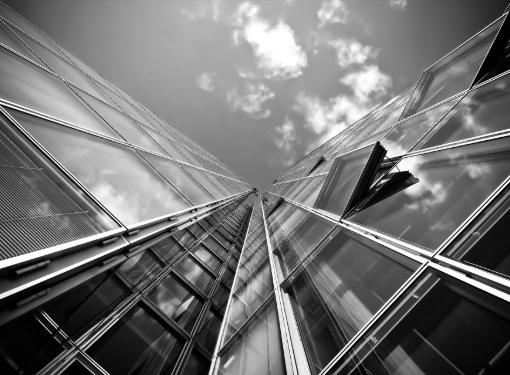
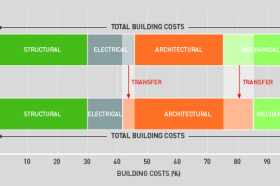
 A Look at Net Zero Energy Buildings
A Look at Net Zero Energy Buildings 

